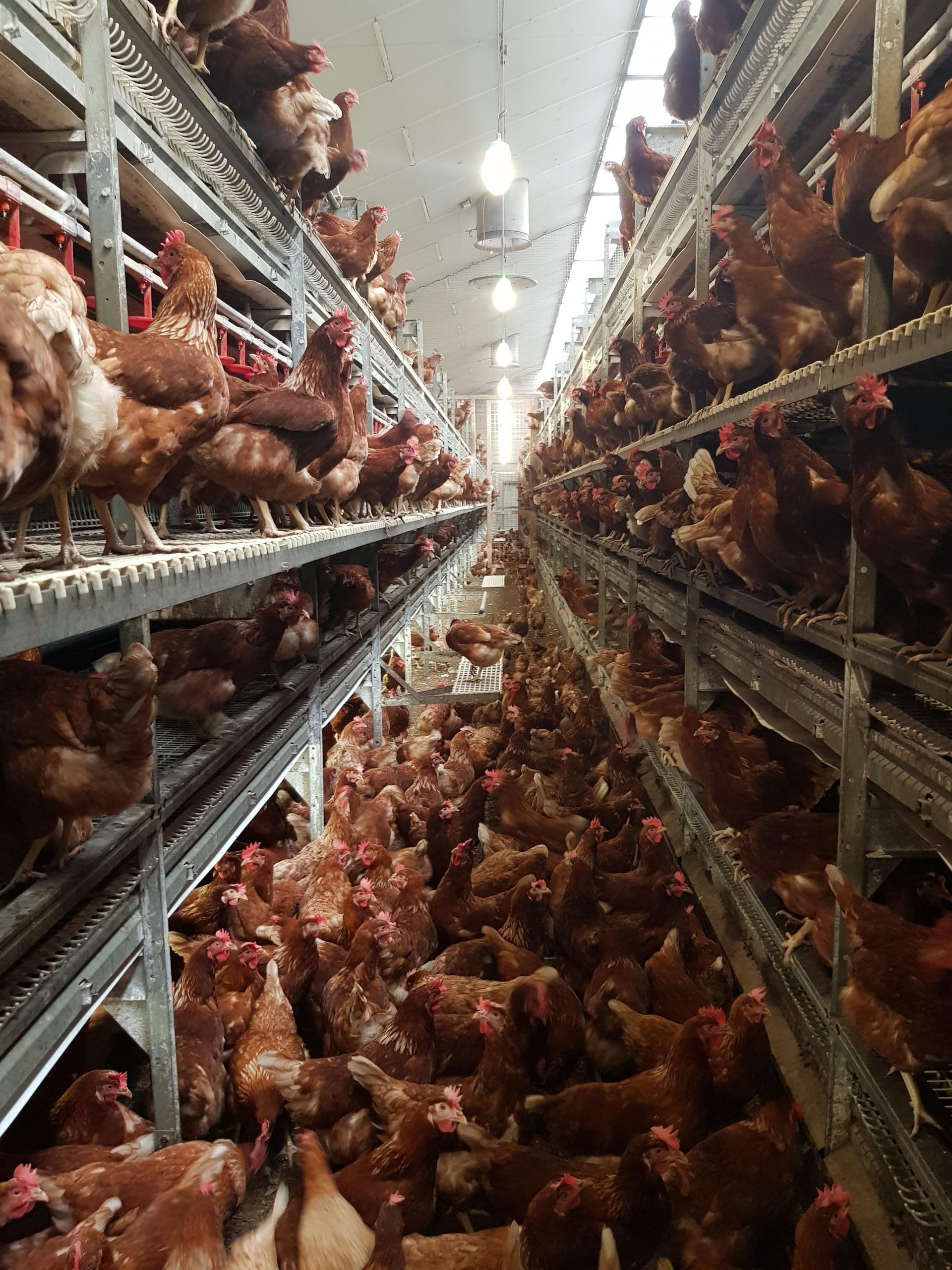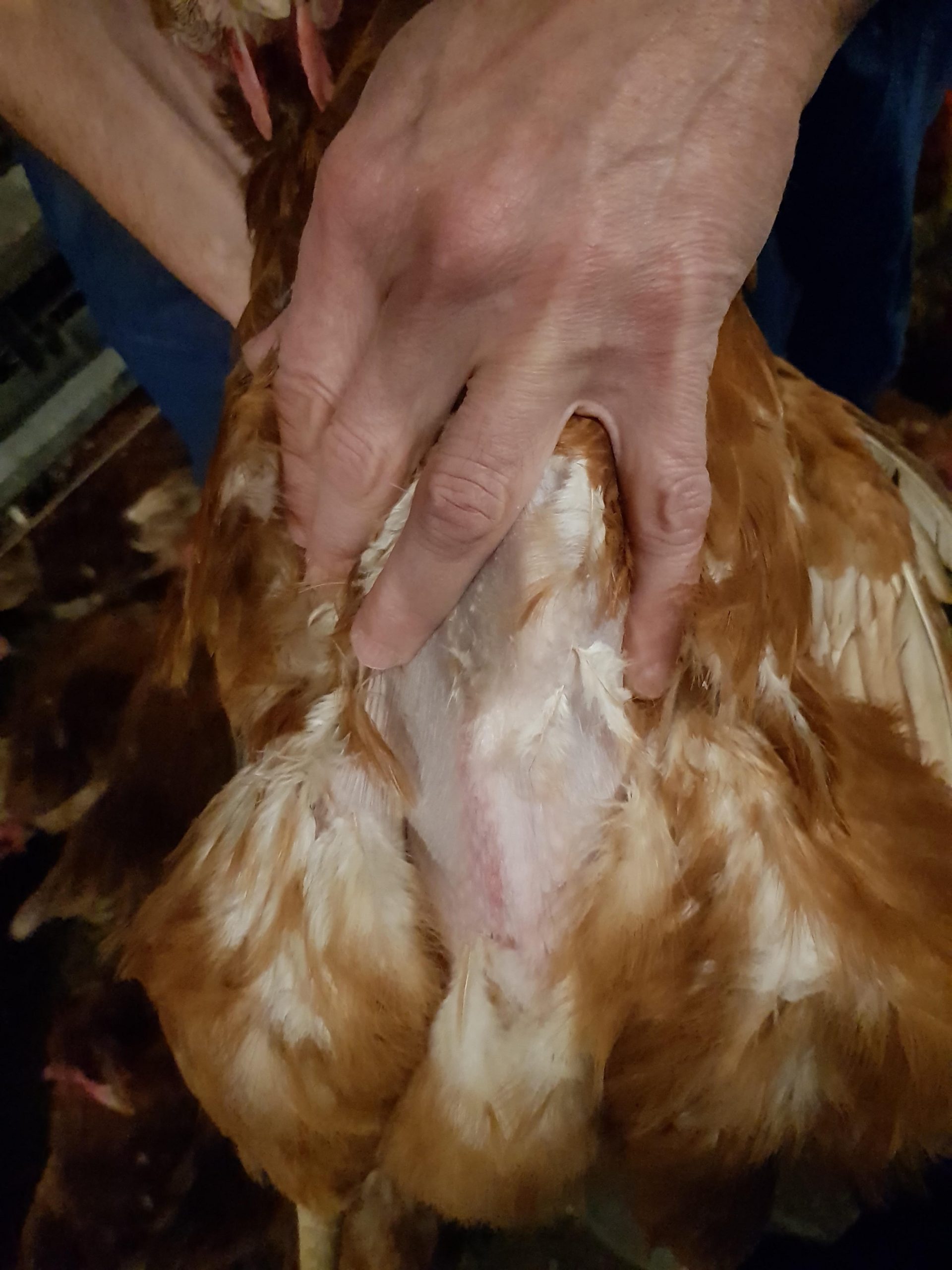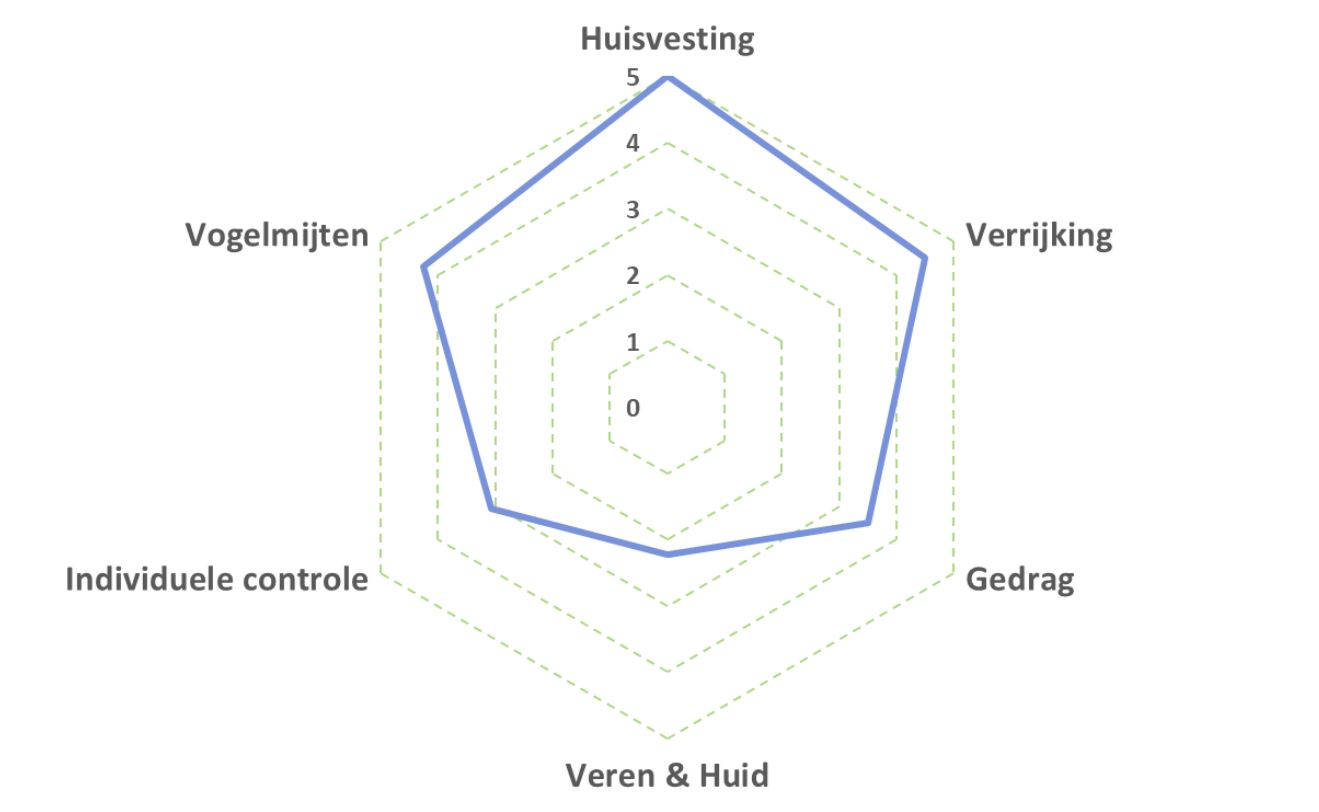
Chicken Compass
Chicken Compass is a practically applicable method to monitor the welfare of laying hens. The system and the measurement methods are based on existing scientifically substantiated Welfare Quality®
Protocols.
Using Chicken Compass, the welfare of laying hens can be monitored several times during the production cycle and the poultry farmer, veterinarian and its supporting staff are able to guarantee the welfare of laying hens. Bottlenecks can be identified at an early stage and, where possible, adjusted immediately.
Why welfare, why Chicken Compass?
The development of Chicken Compass started in 2018 and is in the hands of a team of specialized poultry veterinarians. We believe that the vet is the first point of contact for animal welfare, in addition to the more obvious animal– and public health responsibilities. Due to the rising awareness of welfare for production animals, we now see good opportunities to introduce an objective and widely supported monitoring system to guarantee the welfare of laying hens and improve where necessary. In addition, various market parties and quality systems are interested in using welfare guarantees to strengthen the market position of a specific egg concepts.
There are already some methods for assessing the welfare of laying hens, but none of these methods have led to large-scale application. For example, the scientifically well-founded assessment system of the European-funded Welfare Quality® Project is too complex and time-consuming, so that since its completion in 2011, it has never found the way to large-scale application in practice. Other systems only use remote observations or housing measurements but lack measurements on an animal level.
Chicken Compass focuses on a limited number of aspects that have a relatively large impact on animal welfare. This includes housing, red poultry mites, footpad lesions, pecking/cannibalism and breastbone injuries. Chicken Compass measurement results in a hexagram with six categories, with a score from 1 (poor) to 5 (excellent). These scores are based on an algorithm that also takes into account the impact on animal welfare. To measure the various aspects of welfare, Chicken Compass uses methods from scientific publications (such as those published in the pipeline of the Welfare Quality® Project), which are processed in the background in calculation modules. In most cases, the results can be used to provide practical advice to improve well-being in the poultry house. For example, installing ladders and platforms can help the laying hens navigate more easily in the aviary systems, reducing the risk of breastbone abnormalities.
Chicken Compass is performed four times per flock. This provides insight into bottlenecks in different phases of the laying cycle and creates the opportunity to improve the welfare of laying hens.


